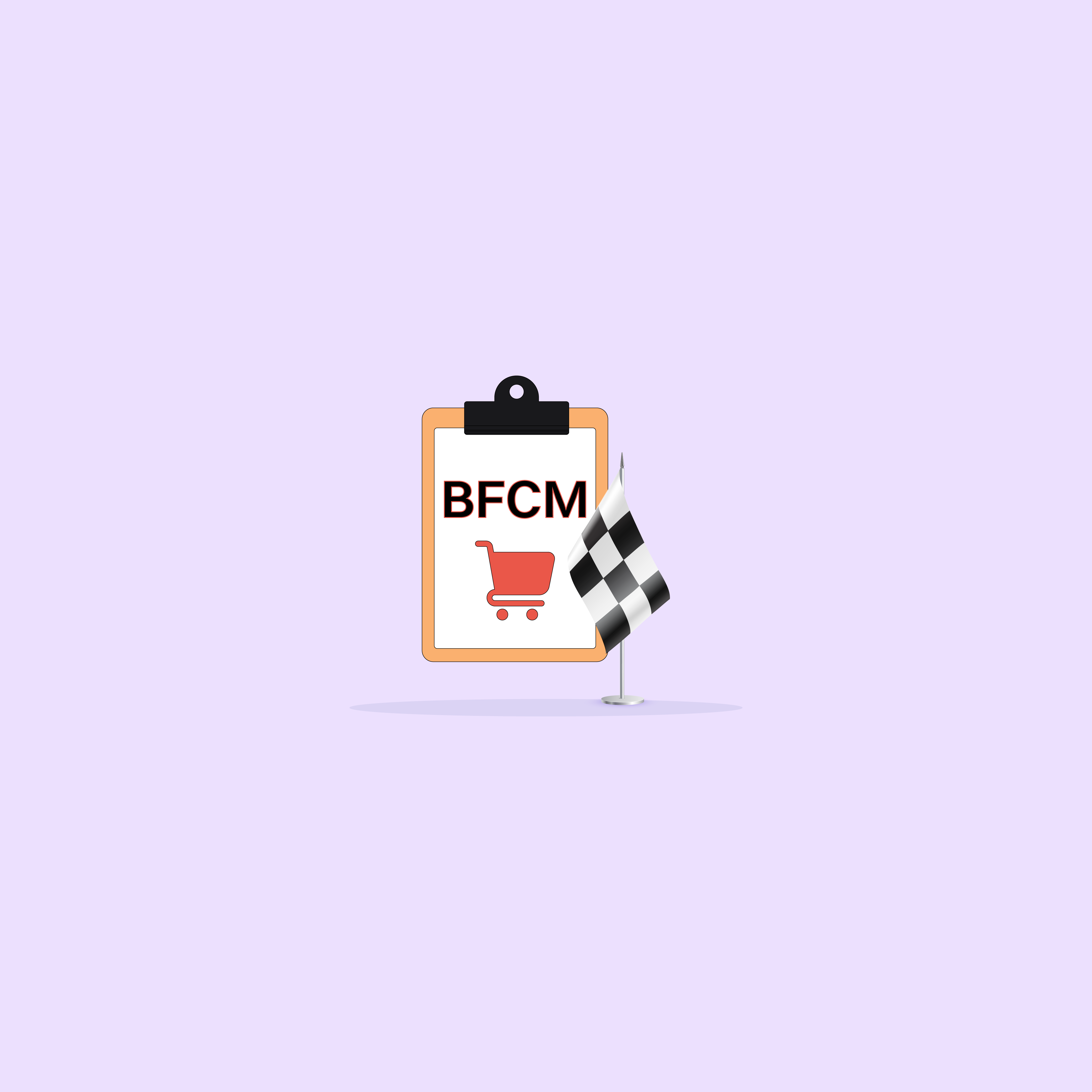Our websites use cookies. By continuing, we assume your permission to deploy cookies as detailed in our Privacy Policy.
A Definitive eCommerce SEO Guide with Best Practices
Every eCommerce store would like to appear in high Google Search rankings. Search Engine Optimisation is a crucial method to increase rankings and become more known on the web.
Here is a list of 5 essential steps to increase Google rankings and make your eCommerce store more visible to visitors. Furthermore, the most critical SEO dos and don’ts are also added for more information.
What is eCommerce SEO?
Search Engine Optimisation (SEO) is the name given to work done to get a website higher rankings in organic search results. eCommerce SEO is the customisation of SEO work on the eCommerce site. In other words, it will be possible to call an eCommerce site’s ranking in organic searches, in this context, to increase the number of customers by getting more traffic to increase its turnover in parallel with this as eCommerce SEO.
There are some common areas of SEO work for both corporate websites and eCommerce sites. However, eCommerce SEO studies may require more effort than corporate website SEO studies. That is because eCommerce sites contain many products, and new products are added every day. It is necessary to consider each product separately and examine it in terms of SEO studies.
6 Essential Steps for eCommerce SEO Strategy
While you’re at it, lend an ear to Christopher Hofman, the Lead SEO Consultant at IMPACT Extend, speaking about the Customer Journey Mapping and Winning Potential Consumers on the eCommerce Growth Show:
1. Make the eCommerce Infrastructure Suitable for SEO
eCommerce stores should ensure that their eCommerce software is mobile compatible, has an SSL certificate, is created with clean URLs and has infrastructural and technical features such as fast opening. These and some similar features are indispensable in SEO studies.
Suppose the infrastructure of the eCommerce software is suitable for SEO studies. In that case, the importance of SEO studies related to the products and content will be the next important step. In order to stay at the top of the search engines in the long term, it is necessary to do SEO studies that require continuity and must be followed.
An eCommerce site may not always be able to maintain the rankings it receives after it goes live. Or it may be necessary to do some extra work in terms of SEO due to many situations such as installing a new product or deleting products according to stock status. As a result, the website infrastructure must be resolved as the first step before anything else.
2. Prepare SEO-friendly Product Descriptions
The contextual details of your products are a critical element for success in SEO work. Therefore, eCommerce stores should be sensitive about the product contents. They should make sure that the content is original and that all the necessary details about the product are presented.
Copying content from other sources will harm the SEO. Product contents should be as original as possible. If a product on an eCommerce site is also available on hundreds of eCommerce sites on the internet, this will not help increase Google rankings. If the description and details of the product on the website are unique and interesting, this will make the website one step further in SEO.
You can also use a real-time analytics tool like Segmentify Analytics to understand and discover which of your products are driving the most traffic through search engines. Plus, SEO-friendly product pages are of huge help for eCommerce stores since Segmentify Search & Discovery utilises every label information and parameter for more accurate results.
Many eCommerce websites have SEO professionals. Carrying out serious and professional work on the product contents should be one of the main jobs the company is dealing with. We believe that after coming to a certain level, it is necessary to work with SEO experts since this is the most important marketing strategy for stores that sell online.
Additionally, product descriptions must comply with the orthographic rules. This is another vital issue that will allow visitors to benefit from your site. Websites should avoid complex texts and paragraphs and ensure that the content is simple and understandable.
3. Add Original and High-Quality Photos
Images of products on your eCommerce website are the first items viewed by visitors. If possible, eCommerce stores should include multiple images of the products taken from different angles. Since this will direct the visitor’s perception of the product, it will increase the possibility of purchasing the product and cause the user to contribute by sharing this product on other sites or social media channels.
After solving the price and trust issue in their mind, the consumer who intends to buy a product does their shopping from the website where they have access to the most precise and detailed information about that product. In this context, presenting all the images about the product the visitor is looking for, taken from different angles, will bring significant benefits.
Furthermore, in addition to original photos, high-quality images also contribute to SEO. Better quality images are shown more in Google Images and will increase rankings. Google Images rankings are also crucial for eCommerce stores to gain new customers due to visual searches. Therefore, images are an essential part of SEO on Google Images.
4. Add Product Videos
In the last few years, videos have been an important contributor to SEO rankings. Since it is a fast and easy consuming element of websites, people tend to click more and subsequently; Google shows it more.
Videos are a very noticeable element when evaluated by users, and a well-crafted product video removes all the question marks in the visitor’s mind. As a result, creating a satisfied user will bring plus points to an eCommerce website as SEO and increase sales.
It is important to note that the videos should be of high quality and relatively short to make them easy to consume. Consumers should be able to find answers to the question marks about the products in these videos.
5. Include Product Ratings and Reviews
Opening the product for reviews and ranking is an important SEO strategy for eCommerce stores. Apart from being a guiding resource for new customers, product reviews will benefit eCommerce stores in terms of SEO as they provide interaction and user benefits.
Assuming that there is high customer satisfaction with the products, good user reviews will be an excellent reference for a user visiting the eCommerce site for the first time. Therefore, eCommerce websites must encourage their customers to include ratings and reviews about the products. Moreover, customers being able to add photo reviews would be even better for building customer trust.
Websites should integrate the review widgets close and in an easily accessible place next to the product to get the visitors’ attention. Additionally, this will decrease the time spent on the product and increase customer trust.
6. Sitemap Optimisation
It is vital that this file, which is created as Sitemap.xml and notifies the eCommerce site’s content instantly to search engines, is constantly up to date.
For example, when websites add or delete a product, the eCommerce website needs to be indexed correctly and quickly if it is included or deleted automatically in this file. As an example, the sitemap.xml file can be used for eCommerce stores as software and be shaped automatically. In this context, the subject of the sitemap, which has a significant value for SEO, will automatically update itself.
7 eCommerce SEO Dos and Don’ts
7 eCommerce SEO Dos
- Use specific keywords and high-quality content
- Have an FAQ page
- Always update your website and include fresh information
- Use keywords in URLs
- Do competitor research
- Use tables and lists
- Analyse products that are not doing as well
7 eCommerce SEO Don’ts
- Don’t do keyword stuffing
- Don’t plagiarise
- Don’t use unnecessary bold expressions
- Don’t forget to check the website’s performance regularly
- Don’t have disturbing and too many advertisements and pop-ups
- Don’t include false information
- Don’t forget to have all features the same as your website’s design
Wrapping Up
eCommerce stores sell their products online, so just like a brick and mortar store wanting to have its store on the busiest and easily accessible street, eCommerce stores want their product results to be high rankings on Google. As a result, a proper SEO strategy is key for increasing brand awareness.
Many specific steps should be taken for the most optimised eCommerce website, from the website’s architecture to products’ descriptions. These steps are building a proper architecture, then having well-written product descriptions, high-quality photos and videos and a review and ranking section are important.
Segmentify provides eCommerce marketing tools that increase conversion rates. Segmentify’s solutions do not affect website speed. Additionally, Real-Time Conversion Analytics will help analyse products that are doing well and those that are not. Furthermore, the tools are explicitly implemented regarding the website’s design and look like a feature of the website.








